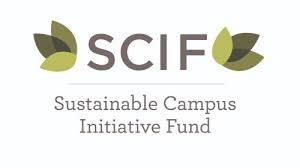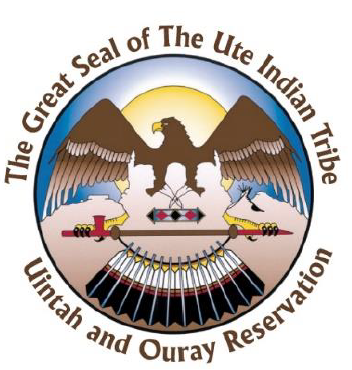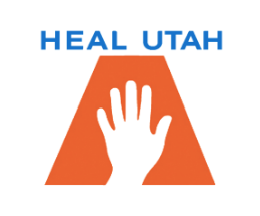
The Utah Radon Lab
The Utah Radon Lab (URL) was created in 2022, as a community-engaged, research experience for students at the University of Utah. The URL is housed in the Interdisciplinary Exchange for Utah Science (NEXUS Center) at the University of Utah and works cooperatively with the Utah Radon Coordinator in the Utah Department of Environmental Quality. Our team trains student researchers, creates awareness around radon and indoor air quality, supports community partnerships that address radon issues, test for radon gas in public schools, daycare centers, and buildings, and assesses low-cost radon mitigation techniques in Utah and the surrounding states of Wyoming, Nevada, and Idaho. These goals are used to advance radon research, policy, and knowledge using data and cutting-edge science.
Key Tasks
In addition to these important goals, the following tasks are current priorities for the URL:
- To provide education and community awareness about the many harms of radon.
- To test public schools, daycare centers, and buildings and enable them to take action to improve their educational settings.
- To train students and researchers on indoor air quality, radon exposure, and community-engaged research.
- To support cooperative radon programs with community partners and sovereign entities.
- The URL aims to study and test low-cost interventions that can be used to address elevate radon in region.
- To inform a range of actors in Utah about the harms from radon. This may include schools, community groups, families, legislators, students, staff, or administrators.
- To study the relationship between radon levels and building characteristics, health, and demographic factors.
- To train students to conduct radon testing in residential and commercial settings and to collect, manage, and analyze radon data to advance research and understanding.
- To provide a research opportunity and training for students that will help to develop key leadership and research skills that enable students to give back while expanding their own potential and abilities in STEM fields.
- To help establish effective, durable, and efficacious radon policies at the local, state, and national level.
If you are a current student at the University of Utah and are interested in a research, capstone, internship, or paid position with the URL, please check out our opportunities page or contact Dr. Tabitha Benney at t.benney@utah.edu.
Partnerships
To accomplish our goals, the URL has established a range of critical partnerships. Our team collaborates with state, county, and local officials to conducting radon testing in schools and other public buildings. We have also established an MOU with the Ute Tribe’s Air Quality Office to develop a radon program. We also have community partnerships with the Northern Arapaho Tribe, HEAL Utah, the Wellness Bus, and Sorenson Community Impact Center. We have also teamed up with colleagues at Brigham Young University to study radon risks, and, most recently, we formed a partnership with Huntsman Cancer Institute to study radon in homes of cancer survivors. Our radon information materials are available in English and Spanish. We are also working to produce these materials in additional languages.
Any questions? Reach out to t.benney@.utah.edu.








